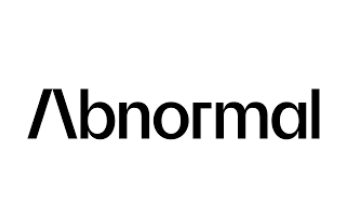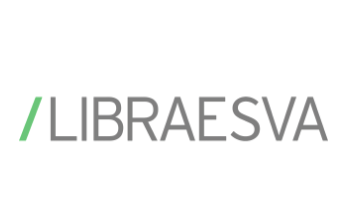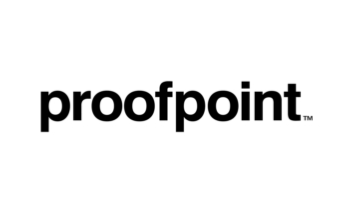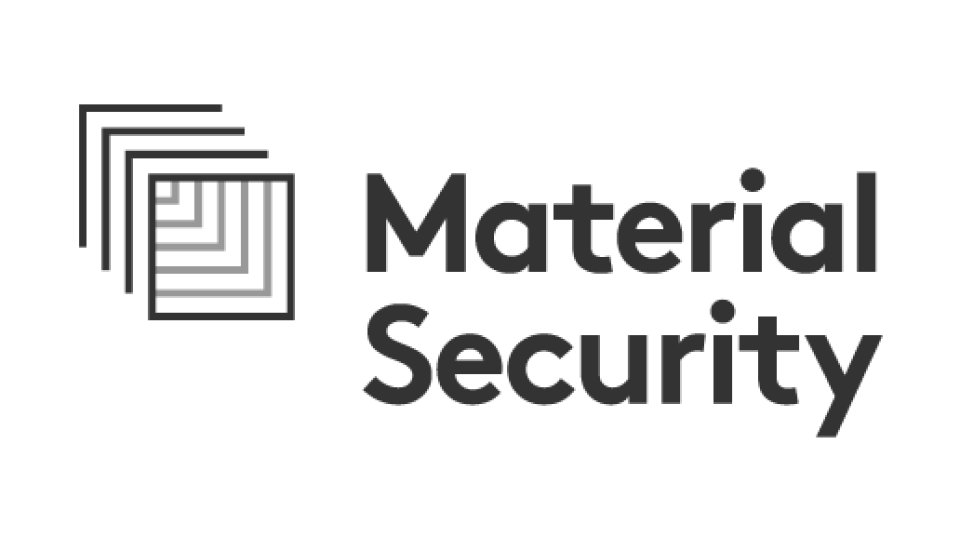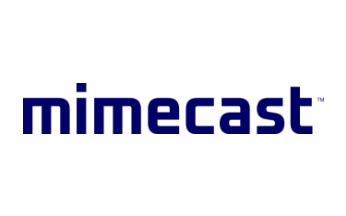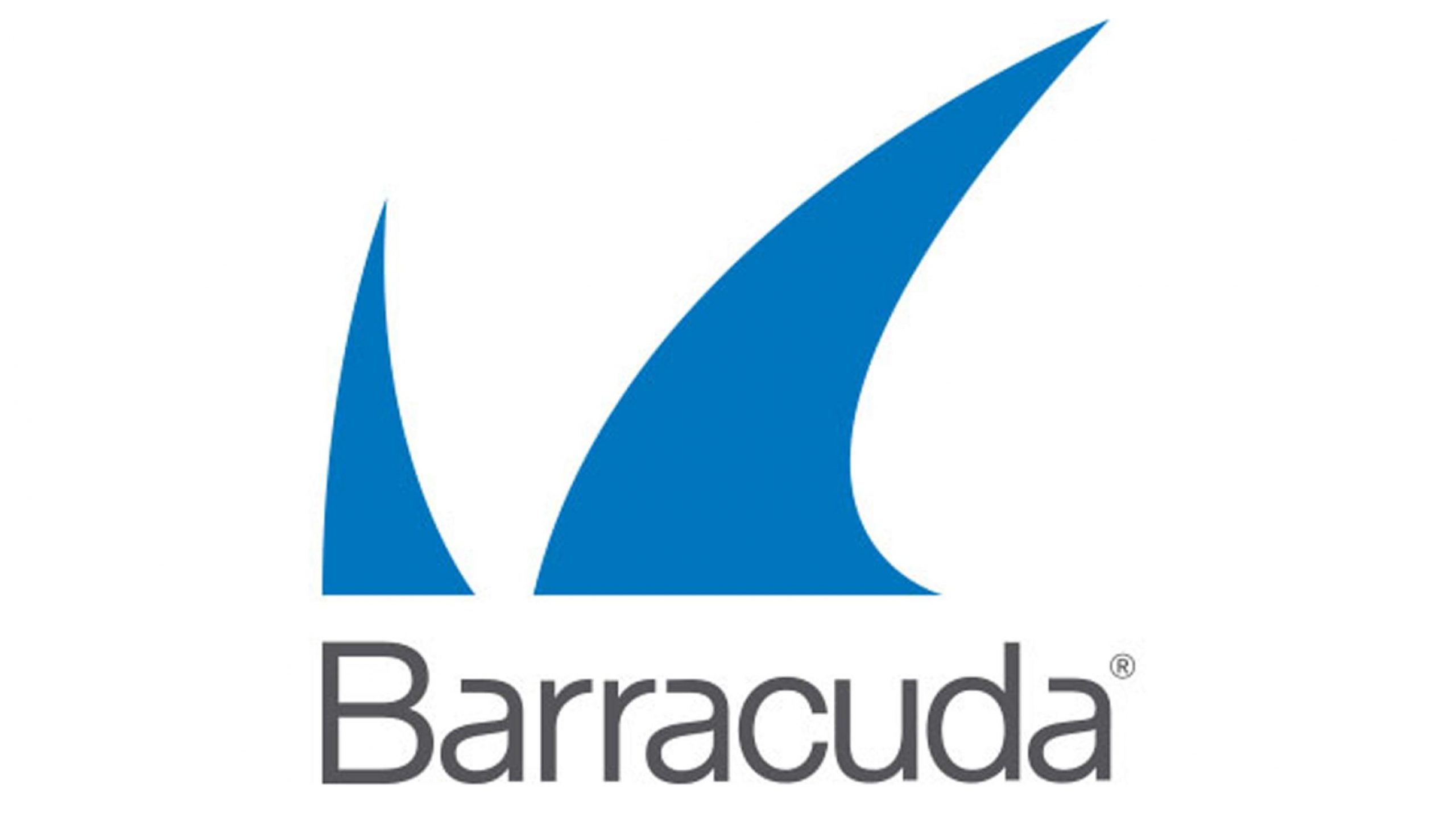Other Solutions to Consider
We researched lots of email security services while we were making this guide. Here are a few other tools worth your consideration:
- Avanan Cloud Email: An ICES tool that protects both inbound and outbound emails against phishing, BEC, and account impersonation or takeover.
- Vade: An AI-powered security platform that offers inbound protection against phishing, malware, and ransomware.
- Huntress MDR for Microsoft 365: A managed email security service that protects SMBs against unwanted logins, session hijacking, credential theft, and rogue inbox rules.
Email Security: Everything You Need To Know (FAQs)
How Does A SEG Block Spam And Phishing Attacks?
Before cloud email hosting, the most common form of email security was the “secure email gateway (SEG)”, a physical appliance that would sit in front of the email network and monitor incoming and outbound email traffic to remove spam and malware. Today, email security services are more commonly cloud-based, with organizations redirecting their mail exchange (MX records) to point their email toward a cloud-based SEG.
Modern SEGs use a mixture of email content scanning, domain reputation, URL scanning, and attachment sandboxing to make a deterministic assessment of an incoming email message. If the message is deemed malicious, it is blocked, quarantined, or deleted; if it is deemed safe, it is delivered.
These tools work using a variety of techniques including greylisting, real-time blacklists (RBL’s), constantly updated spam definitions, pre-defined DLP rules, anti-malware, and sandboxing engines to detect and remediate malicious messages.
How Does ICES Block Advanced Threats Like Business Email Compromise?
In the era of cloud-based email platforms, a new category of SaaS email security services has emerged. These services, named “integrated cloud email security” (ICES) solutions by Gartner, address SEG gaps by scanning the inbox environment directly. This means they can remove significant threats directly from users’ inboxes after they’ve been delivered, and they can also ensure your users’ accounts aren’t being used to send malicious or harmful content.
ICES solutions typically use large language models and machine learning to scan internal email conversations and identify sophisticated email threats such as spear-phishing, and indicators that an account has been compromised and is sending out malicious messages. When the ICES tool finds something suspicious, it can automatically remove that content from users’ inboxes, add a warning banner to it, and/or alert your security team to any compromised accounts.
For the most effective, enhanced protection against all types of email threats, we recommend that you implement multi-layered email protection, pairing a gateway with some form of cloud-native, inbox-based solution.
Why Is Enterprise Email Security Important?
Email continues to be the top threat vector for cyber criminals looking to access your organization’s data. 81% of organizations around the world have seen an increase in phishing since 2020, and in 2021 almost 40% of data breaches involved a phishing attack.
Originally, spam was the biggest nuisance that companies faced when it came to unwanted content in their users’ inboxes, ranging from the farcical (far-off Royals promising riches) to the malicious (adult and harmful content sent to mailboxes). Spam was a major headache for IT admins in the early days of the internet and continues to be a problem even now, with estimates suggesting that 49% of all emails are spam.
SEGs can deal with spam content very effectively – it’s typically sent using new or low-reputation domains, which can be quickly blocked by the email filter. But modern email threats are much more targeted and advanced. Spear phishing is one of the most common causes of data breaches today. In a spear phishing attack, a threat actor attempts to trick users into clicking harmful web links, making fraudulent payments, or sharing their login credentials. Advanced malware and ransomware are also commonly spread via phishing messages or via compromised email accounts.
Modern email security tools, such as SEGs and ICES solutions, protect against these threats by combining a range of techniques to filter out harmful content, including attachment sandboxing, URL filtering, domain reputation assessment, and machine learning.
What Are The Key Features Of SEGs?
Here are the top features you should look for when comparing SEGs:
- Spam filtering – The solution should block unwanted and unsolicited emails.
- Phishing protection – The solutions should detect and prevent phishing attempts.
- Malware and virus scanning – The solution should scan attachments and links for harmful content.
- Advanced threat protection (ATP) – The solution should use AI and ML to detect emerging and evolving threats. While this is most common amongst ICES tools, the best SEGs (including those featured on this Shortlist) also offer ATP.
- Data Loss Prevention (DLP) – Some solutions offer data loss prevention capabilities, such as encryption, to prevent users from accidentally or intentionally leaking sensitive information.
- Domain-based message authentication – The solution should use DMARC, DKIM, and SPF to prevent email spoofing.
- Attachment sandboxing – The solution should open attachments in a safe environment to check for malware and viruses.
- URL protection – The solution should scan and rewrite links to prevent malicious redirects.
- Content filtering – You should be able to configure policies that define how the solution blocks or flags emails. For example, you may want to block all emails from certain domains, or allow emails from known senders that the solution may not otherwise recognize.
- Quarantine and reporting – The solution should quarantine suspicious content and provide both security teams and end users with detailed reports on why each email was blocked.
Other Email Security Articles
The Top Email Security Gateways: Shortlist FAQs
Why should you trust this Shortlist?
All vendors on this list have been technically reviewed by Expert Insights CEO and Founder, Craig McAlpine. Craig has over 25 years of experience in the email security industry. An experienced email security innovator and practitioner, he has worked in front-line email security management, in an MSP environment, as an email security supplier, and vendor in the course of his career. In 2003, he founded EPA Cloud, an email security company that was acquired in 2013 by Global (now Ziff Davies Inc).
This article was written by Joel Witts, the Content Director at Expert Insights, who has been covering the email security market as a journalist for over 6 years.
The research for the vendors included in this article has included:
- Our own technical reviews and testing of several dozen leading email security and email encryption providers.
- Interviews with over 30+ executives in email gateway and ICES markets.
- Discussions with 200+ businesses over the course of several years about the most important requirements in an email security and email encryption solution.
- First-hand industry knowledge and expertise over many decades in the email security industry as an entrepreneur and innovator.
We have conducted technical reviews, watched demos, or deployed trials for every vendor on the list. We have also reviewed vendor documentation and third-party user reviews and feedback.
This guide is updated at least every 3 months to review the vendors included and ensure the features listed are up to date.
Who is this Shortlist for?
This shortlist is written for businesses looking to implement an email gateway platform to secure internal and external business communications. While the article focuses on secure email gateways, we are aware phishing protection is a key consideration for many businesses. For this reason, we have also included cloud-based tools deployed via API. While these are not SEGs in the traditional sense of the word, they are relevant to the requirements of many readers, and, indeed, can be seen as the evolution of the SEG.
How was the Shortlist picked?
When considering email encryption solutions, we evaluated providers based on the following criteria.
Features: Based on conversations with vendors, end customers, and our own testing, we prioritized the following key features when testing:
- Natural language phishing detection: Effective use of email content analysis to detect and remediate phishing emails.
- URL analysis: Effectiveness of time-click URL protection and sandboxing is critical to prevent users from visiting malicious web pages.
- Attachment sandboxing: Robust anti-virus and anti-malware engines to detect and block malicious attachments and ransomware.
- Account takeover protection: ML-powered analysis to detect email account takeovers and reduce the risk of BEC.
In addition to the above features, we also considered ease of management, the deployment process, additional capabilities, end-user features, and customer support available.
Market Perception: We reviewed each vendor included on the Shortlist to ensure they are reliable, trusted providers in the market. We reviewed their documentation and third-party analyst reports, and (where possible) we interviewed executives directly.
Customer Usage: We use market share as a metric when comparing vendors and aim to represent high market share vendors and challenger brands with innovative capabilities. We have spoken to end-customers, and reviewed customer case studies, testimonials, and end-user reviews.
Product Heritage: Finally, we have looked at where a product has come from in the market. We have considered when companies were founded, their leadership team, their mission statements, and their successes. We have also considered product updates and how regularly new features are added. We have ensured all vendors are credible leaders with a solution we would be happy to use ourselves.
Expert Insights has tracked over 50+ email security vendors on the market today. This list is designed to showcase the best solutions for businesses. We have tested and reviewed many email security services that have not been included on this list. There is no implied criticism for any solution not included.
For more information on how to choose the best email security service, read our Email Security Buyers Guide.







